Since the introduction of NAPLAN, persuasive writing has taken on a new force in the classroom. Advertisements, letters of persuasion and debates haunt many a teacher’s dreams! With persuasive writing comes new vocabulary and new writing structures. Throw a few persuasive devices into the mix and you give your class the newfound opportunity to voice their opinion in brilliant ways!
So, What Are Persuasive Devices Exactly?
Persuasive devices are the language techniques that, when used strategically and appropriately throughout a piece of writing, work to sway the reader to a particular point of view.
Persuasive devices are used to:
- create a bond between the author and the reader or listener
- reinforce and emphasise the author’s viewpoint
- appeal to the emotions of the reader or listener
- make the author seem knowledgeable, reliable and correct
- make other views seem foolish, dangerous and wrong.
There’s no doubt that these persuasive tools are integral to producing a strong piece of writing. One which convinces others to agree with the writer’s opinion. So, what exactly are these techniques?
Persuasive Writing Techniques and Examples
We have a fantastic set of Persuasive Techniques Posters that explain each of these devices in simple terms. For even more, take a look at the eleven examples below, as well as some fun activities and ideas on how to teach them!
#1 Alliteration
You can’t deny how delightful these devices are when included in your writing!
Alliteration is the repetition of the same or similar kinds of sounds at the beginning of words or in stressed syllables. It can be a little tricky to master at first, but once your students have got their sounds and letters right, the sky’s the limit!
Check out these alliteration activities to give your students some alliteration practice:
[resource:8525][resource:3175550][resource:3195386][resource:3159850]
#2 Rhetorical Questions
Don’t you realise how important persuasive devices are?
Rhetorical questions get your reader thinking! They are used to emphasise a point and do not require an answer.
Ask your students to practise their rhetorical question skills by matching some opinion sentences on different topics with a question. Start the ball rolling with our Rhetorical Questions Worksheet.
#3 Statistics
80% of teachers in the Teach Starter office say they always include persuasive devices in their writing!
When it comes to including statistics in persuasive writing, there’s a little bit more research involved. Sometimes, students may have to conduct a survey or data collection activity before they have any statistics to work with! For the bigger topics, why not help your students by encouraging them to find information that supports their opinion? This could include providing an infographic, such as our examples below:
[resource:658099][resource:4415910][resource:2372438][resource:1691474]
#4 Emotive Language
Think of how proud your students will be when they succeed by using persuasive writing techniques.
Tapping into a reader’s emotions helps to manipulate their opinion by pulling on the heartstrings! Give your students some practice with emotive language and then brainstorm together how to include these words in persuasive sentences.
[resource:2994][resource:12748][resource:25874][resource:4383584]
#5 Modality
I am absolutely certain your students will love learning about modality!
Modality is used to indicate the degree to which something is certain, possible or improbable. Using high modality words in persuasive writing is a great way to convince your reader that your point of view is the correct one! Our Modality Word Wall with Information is a great visual reminder to display in the classroom.
#6 Repetition
It is up to us to teach our kids the importance of persuasive techniques. It is up to us to make learning persuasive devices fun. Finally, it is up to us to help them become the best writers they can be.
When important words or phrases are repeated, they are more likely to stick in the reader’s mind!
Read through some persuasive writing examples, such as this Letter to the Editor (Sugary Snacks Ban) – Worksheet. Then, have your kids highlight the different techniques they come across, paying attention to how many times important words or phrases are repeated.
#7 Facts
‘Facts’ are one of eleven persuasive devices taught to school children.
Similar to statistics, facts are a little trickier. They require students to have a strong understanding of the difference between facts and opinion.
Luckily for you, we have a Distinguishing Between Fact and Opinion resource pack dedicated to helping students learn just that! Click the image below to be taken to all the resources you need:
#8 Opinion
I believe ‘opinion’ to be the most important of all the persuasive devices!
Unlike facts, sharing opinions seem to be incredibly easy when it comes to school children! Seriously though, we want to encourage our students to have strong opinions (that can be backed up by solid reasoning!). To strengthen their understanding of opinion, try out some of the following resources:
[resource:41725][resource:97765][resource:535866][resource:41709]
#9 Rule of 3
Writing to persuade is challenging, interesting, and above all, fun!
It may seem simple enough to persuade your reader by thinking of three describing terms to accompany your topic! Why not get your students to level up their Rule of 3 describing game by including some out-of-this-world adjectives?
You can use our Wheely Wonderful Words – Overused Adjectives wheel to help your students improve their vocabulary. Brainstorm three terms that help to describe your students’ topic, and then challenge them with finding better and more advanced words that have the same meaning.
#10 Personal Pronouns
We can all band together to make learning persuasive devices fun!
There’s no better way to connect with a reader than by using personal pronouns! Using words such as we, I, you, our, your and us help your readers to feel as though they are part of the conversation and connect with your arguments. We have a Personal Pronouns Worksheet to help your students practise combining these with their other persuasive devices.
#11 Exaggeration
If you don’t include persuasive devices in your writing, you may as well not bother writing at all!
Have some fun with our Persuasive Devices Sorting Activity and have your students sort out the exaggerated sentences from the rest. Once they’ve got a grasp of what, exactly, an exaggeration is, then they can begin to think of some of their own hilarious examples!
If you’re still not quite sure about these persuasive writing techniques, we have some wonderful resources to help you out! Check out our persuasive writing bump it up walls to help your students see the progression of how they can improve their writing:
[resource:3865178][resource:3379738][resource:3380150][resource:3876038]
And if you’re still thirsty for more, you must check out our Persuasive Writing Teaching Resources or check out Bron’s blog:

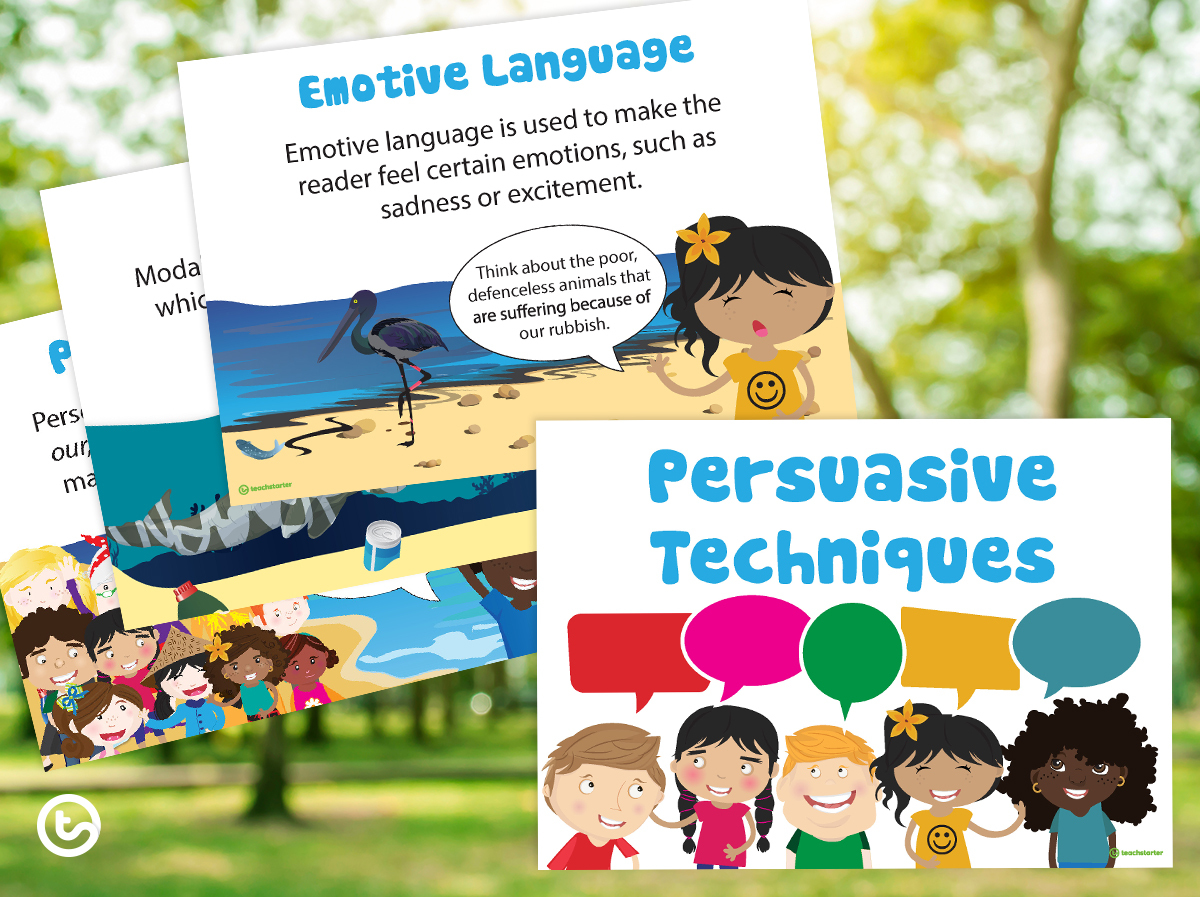
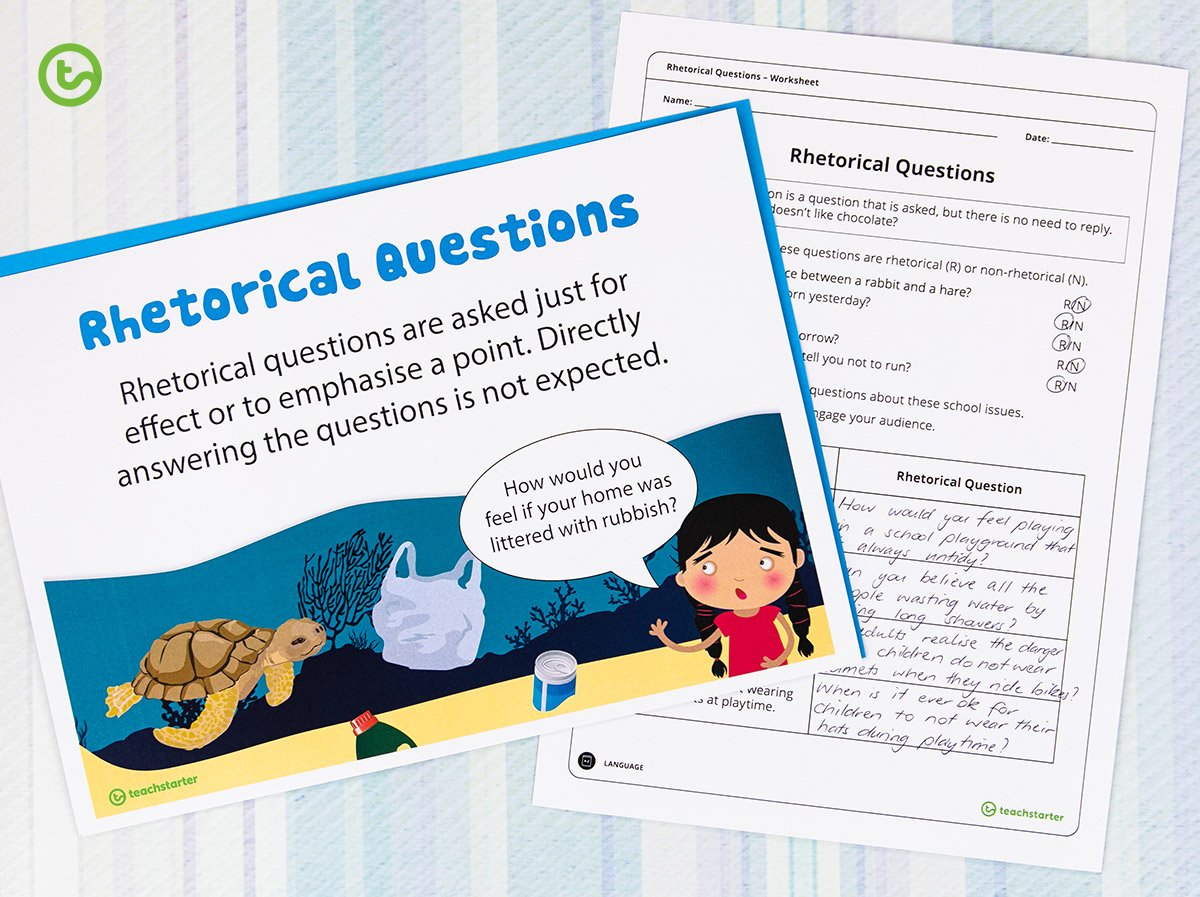
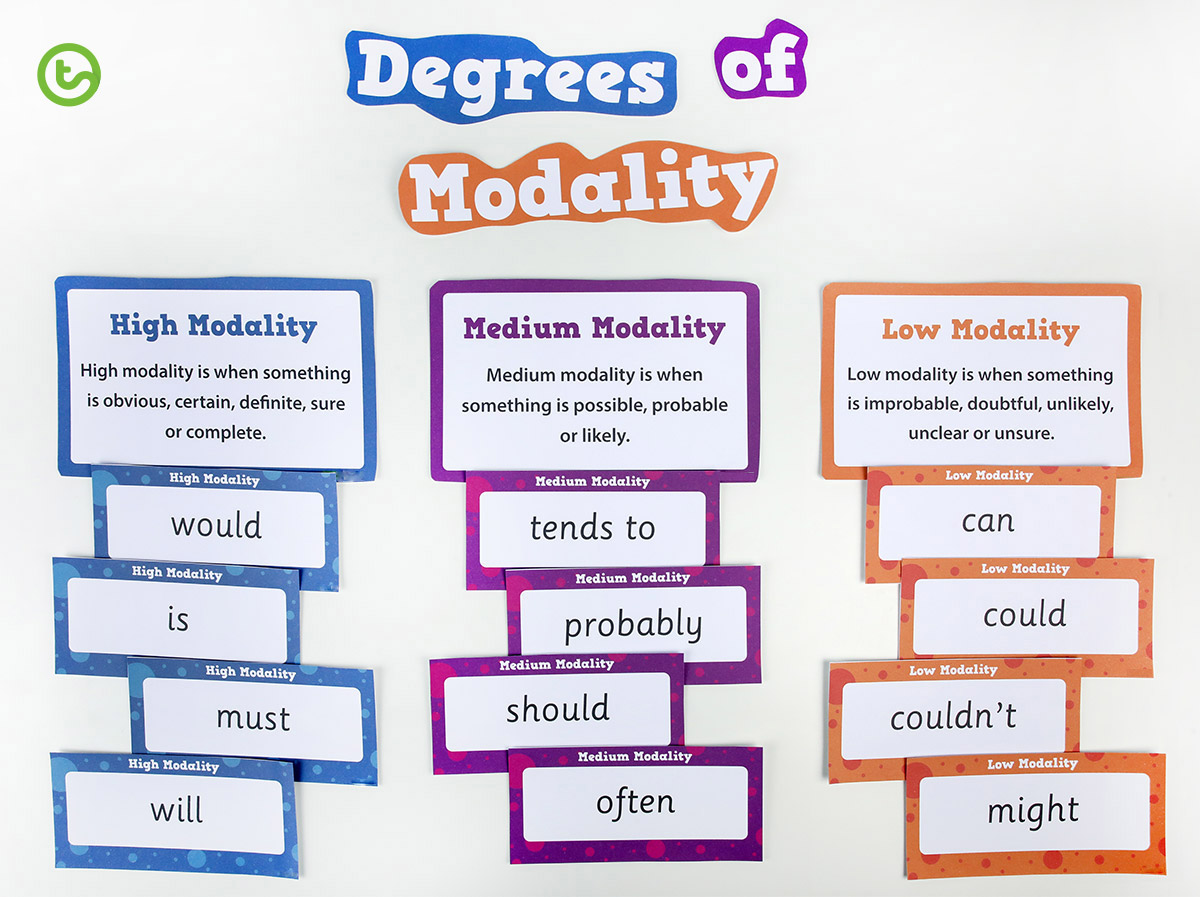
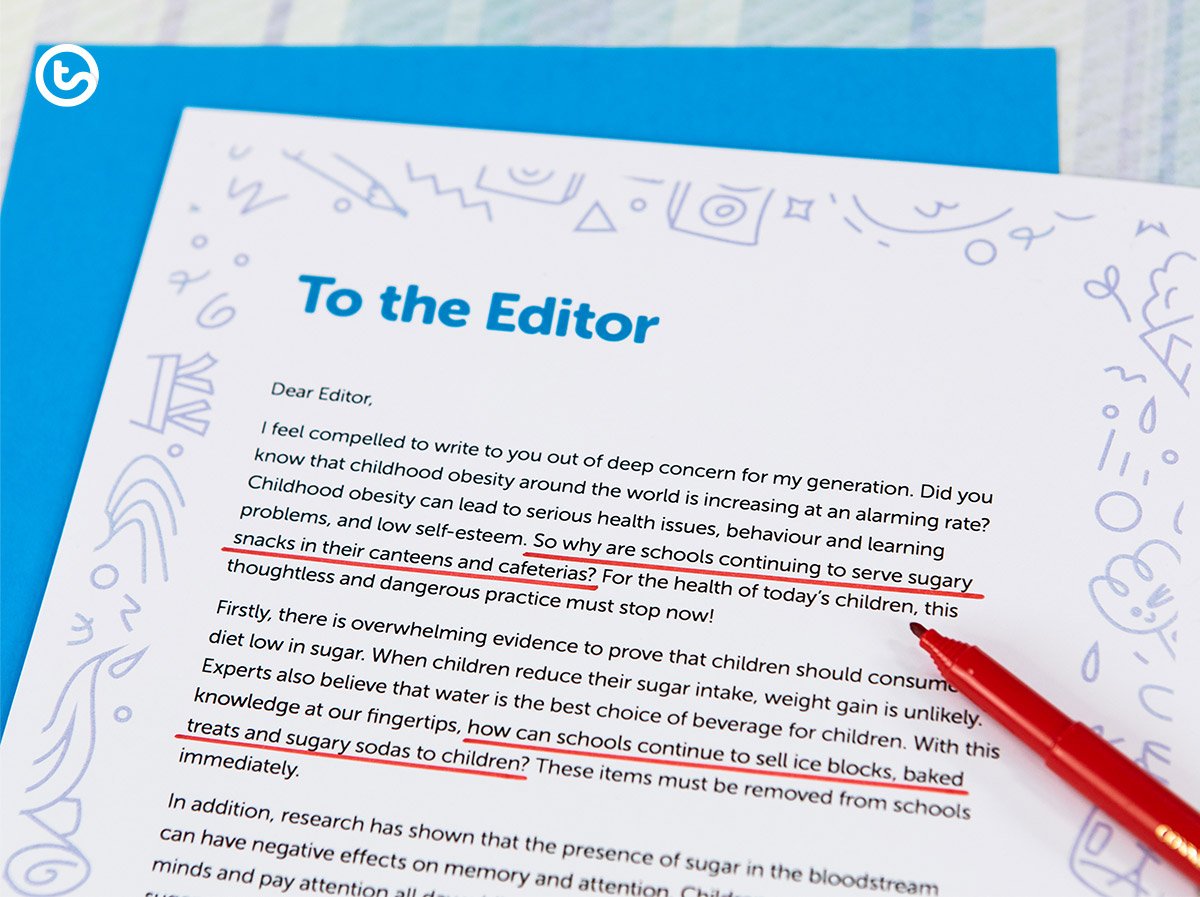
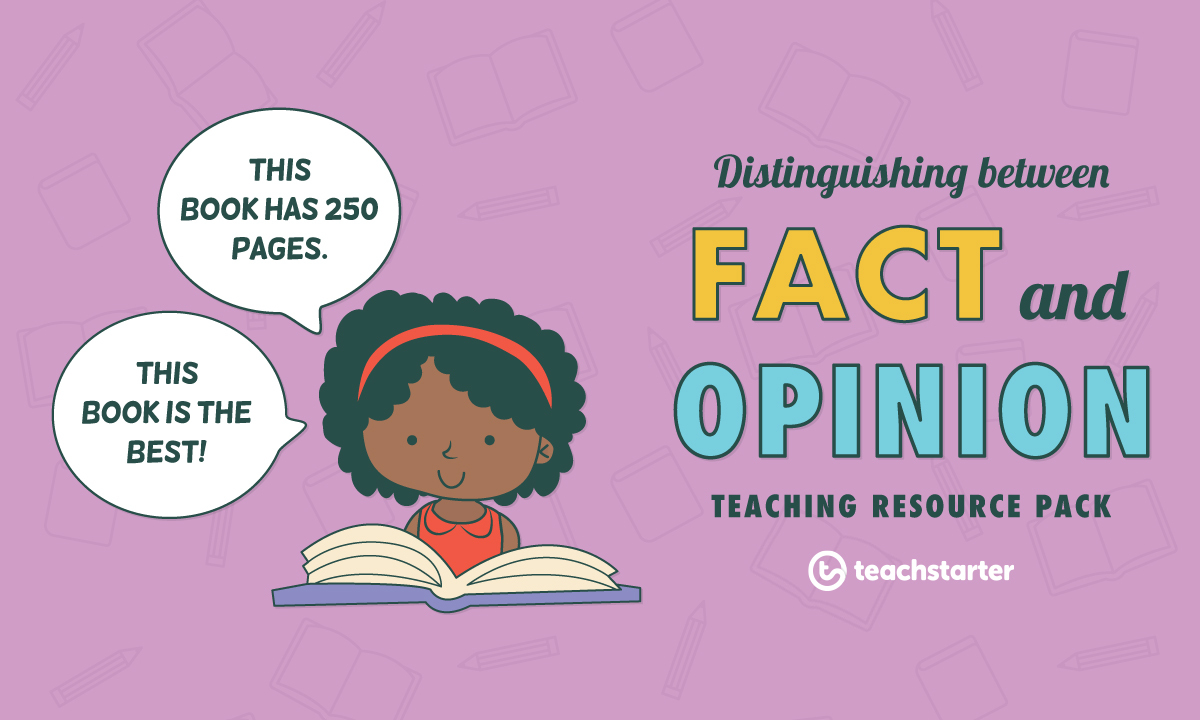

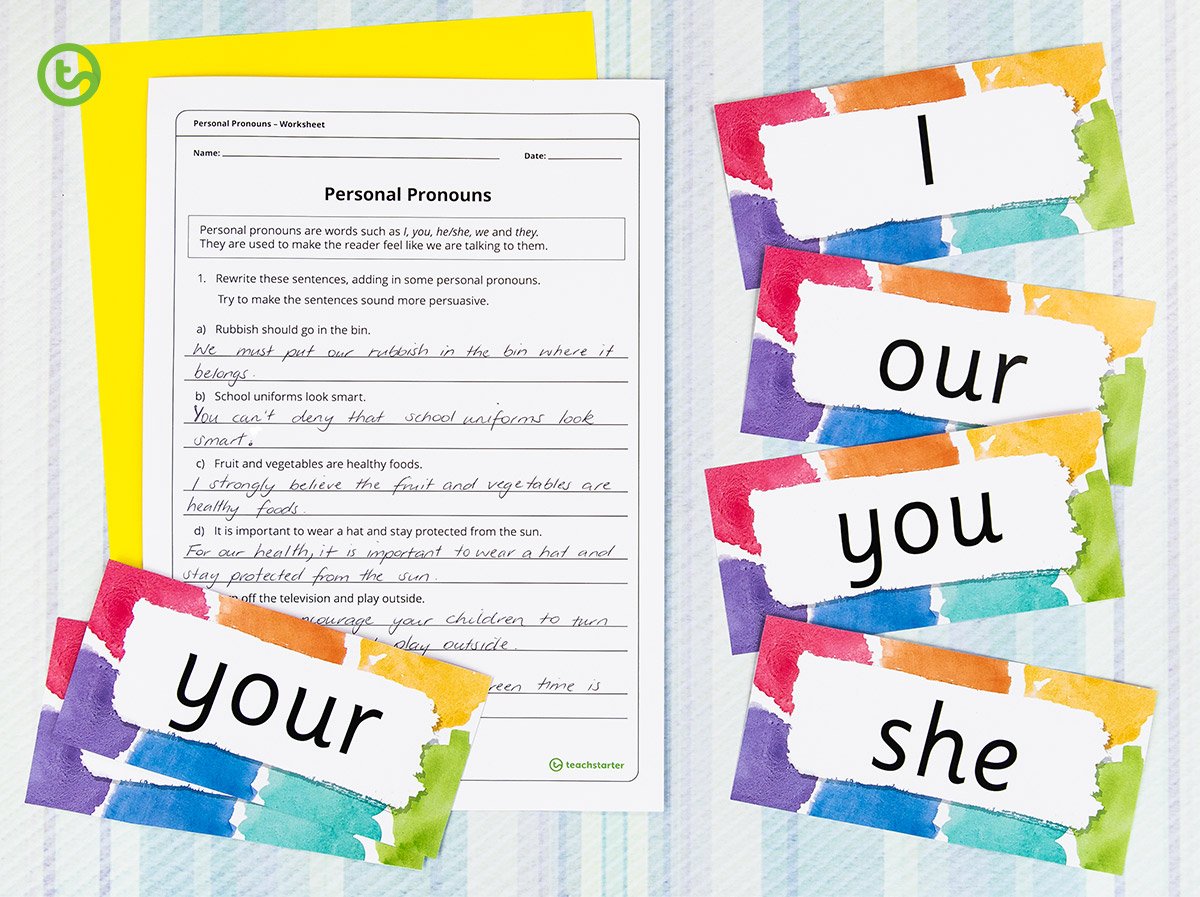
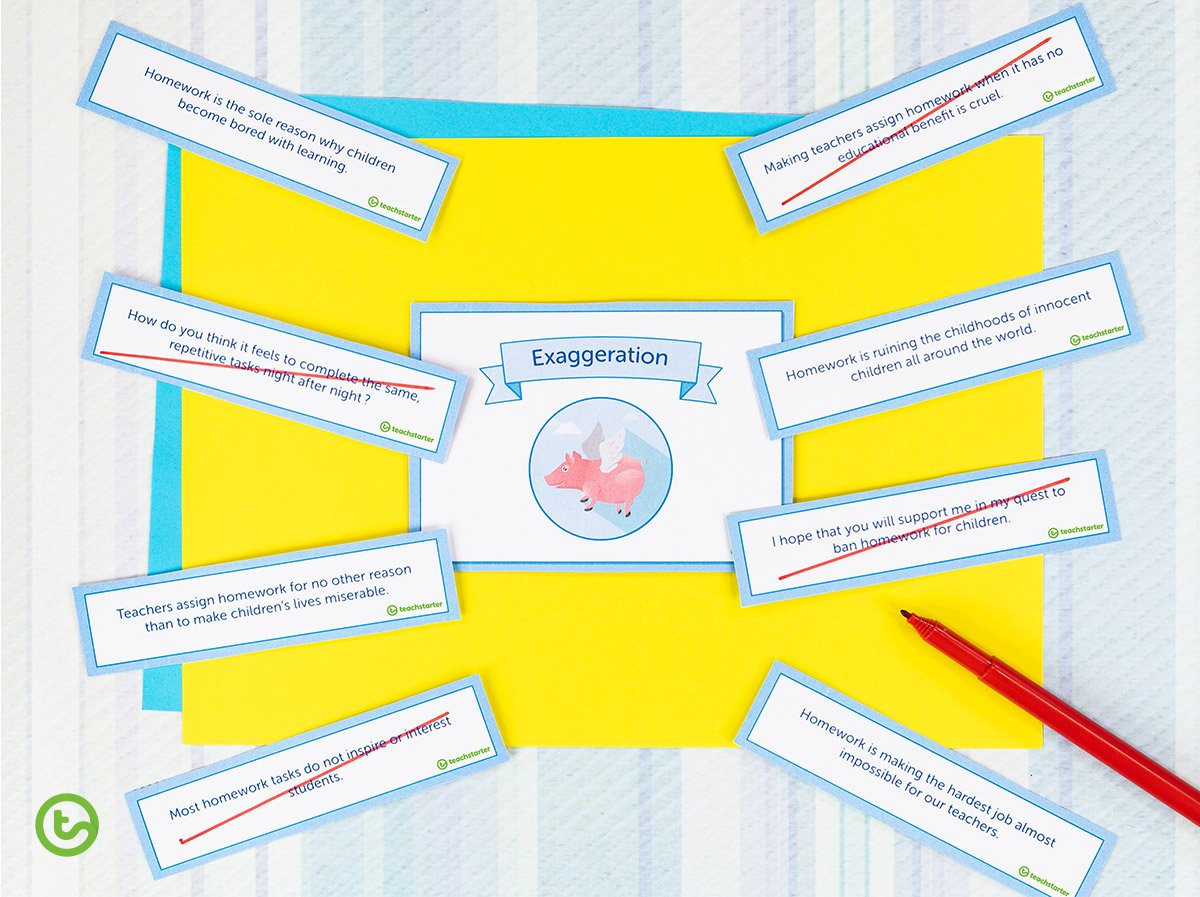






Comments